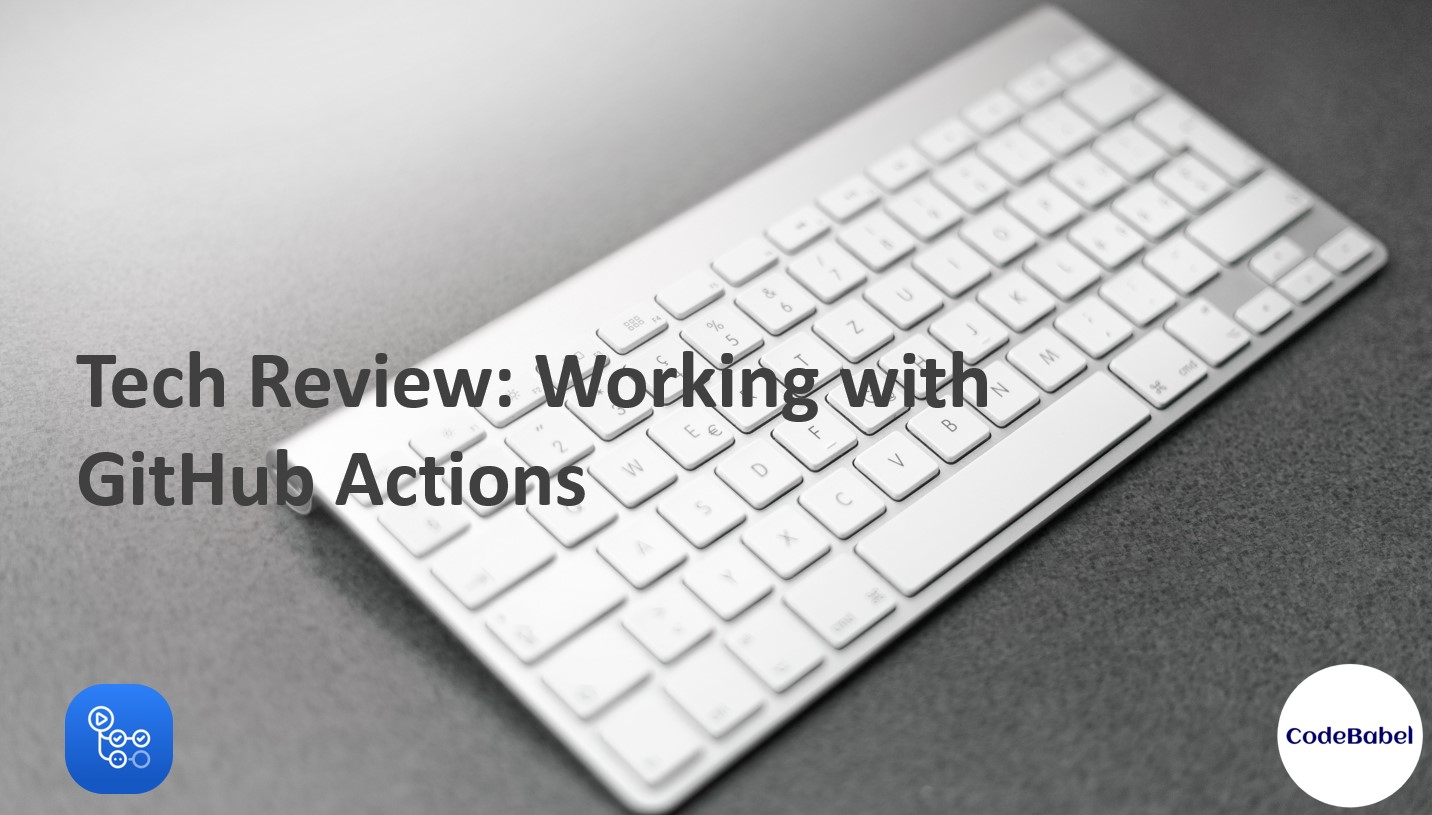GitHub has become one of the most widely used Source Code Repository. Its Distributed Version Control System helps the developers for faster development and Integration of their code. Recently, it launched GitHub Actions in beta which enabled developers to create automated workflows to build, test, and deploy their source code on GitHub.
In this article, we will discuss about GitHub Actions and how it can be used to build an automated software development life-cycle workflow.
Below are the things we will discuss in this article:
- About GitHub Actions
- Basic Concepts of GitHub Actions
- Demo on Using GitHub Actions
- Creating a workflow file
- Configuring the workflow file
- Running the workflow file
- Conclusion
About GitHub Actions
Using GitHub Actions, we can create custom workflows that will help to build, test, package, release or deploy the code without leaving the GitHub UI. It enables us to build Continuous integration and Continuous Deployment capabilities directly in our repository. Here are some important features about GitHub Actions.
**YAML based process: **The workflow is written in YAML. Hence it is easy to create, read and use the actions that make up the workflow.
**One Place for everything: **By using GitHub Actions, we can build and test the developed code directly in our repository. There is no need to worry about integrating the source code repository with other build and deployment tools. Everything can be done in one single place.
**Easy to integrate code: **Since enabling CI/CD directly in the repository is possible using workflows, creating merge requests(MRs), building, testing and integrating them become way more seamless.
#tech (re)view #build #cd #ci #ci-cd #github #github actions #gitlab-ci #gradle #java #test
